How EUDR Regulation Could Reshape the Future of Automotive Manufacturing
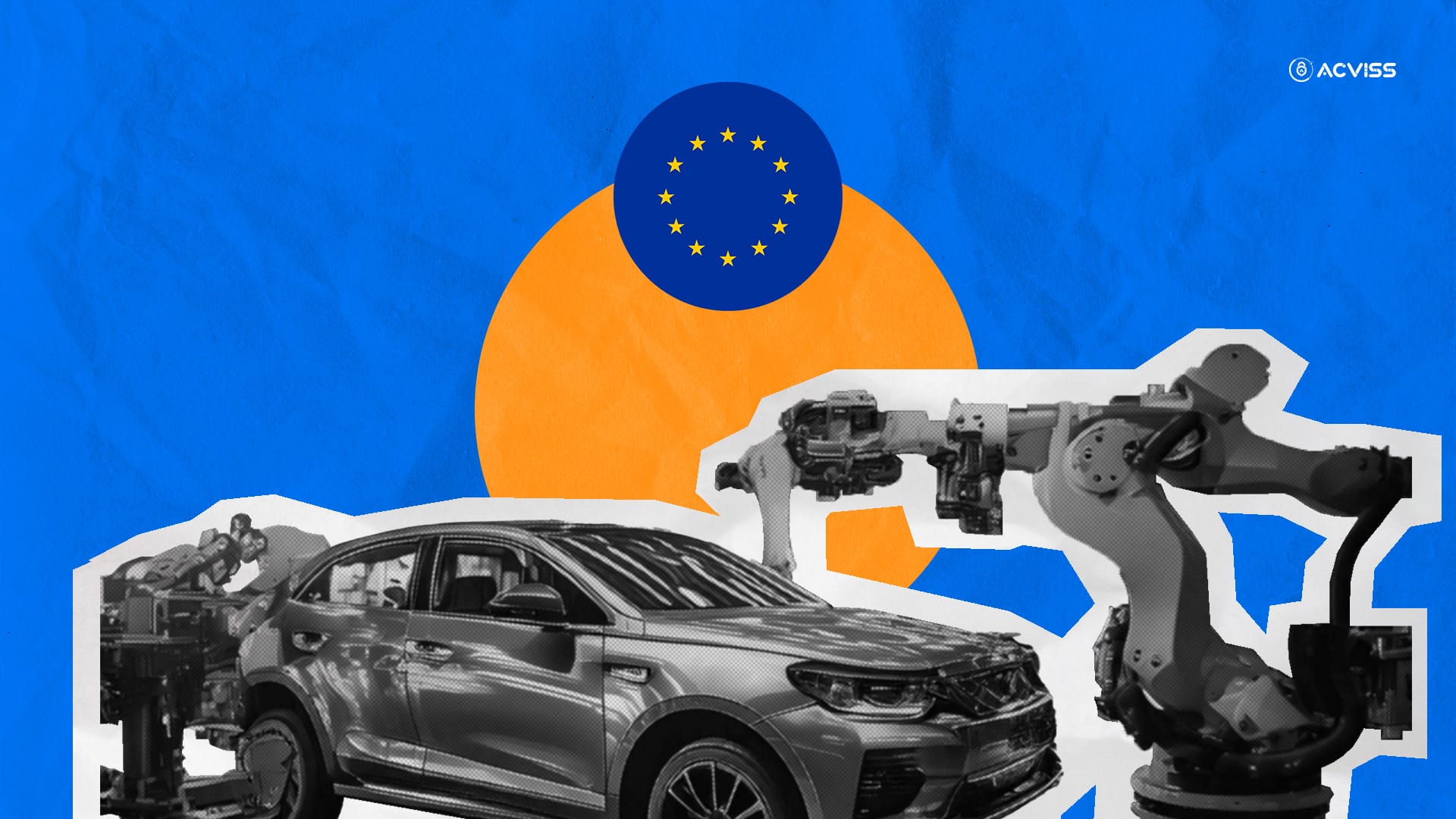
As an automaker, you need to be aware of the implications of the EU Deforestation Regulation. Why? As a vital component of the global supply chain, the EUDR is going to affect exporting cars or auto components to the EU. You will have to adjust to new rules that are designed to keep items associated with deforestation out of the EU market.
The success of your company depends on your ability to comprehend how EUDR impacts automotive exports to the EU. As rules become more stringent, it is more important than ever to source goods and raw materials with accountability and transparency.
This blog will explore specific EU car export laws under EUDR, focusing on the traceability, documentation, and compliance standards you need to fulfil to prosper in this changing environment. We will discuss how to handle these modifications and make sure your car exports comply with EUDR regulations.
But first, let’s take a closer look at what EUDR is and why it matters for your business.
What is EUDR?
The EUDR isn’t just another regulation. It’s a game-changer for industries that rely on materials tied to natural resources, particularly those from forest-rich regions.
EUDR targets a variety of goods and commodities that are frequently connected to deforestation. These consist of soy, palm oil, cattle, wood, coffee, cocoa, rubber and any other products derived from these commodities.
The EUDR aims to combat global deforestation by holding companies accountable for the environmental impact of their supply chains. Here’s a quick overview:
The EUDR keeps businesses responsible for the environmental effects of their supply chains to stop global deforestation. Here is a brief summary:
Deforestation-Free Guarantee: Businesses must ensure that the source of their products is "without forest degradation," which means that no forests were cleared.
Traceability: Companies need to demonstrate that each component is obtained responsibly by tracking its ingredients back to their point of origin.
Now, you might think, “Isn’t that mostly for the agricultural sector?” Not anymore.
The EUDR affects several industries recognised for their substantial environmental impacts. The EUDR will have an impact on the following industries:
- Consumer goods
- Building & Construction Supplies
- Personal Care and Cosmetics
- Fashion and Textiles
- Automotive Manufacturing
EUDR's Impact on Automotive Material Sourcing
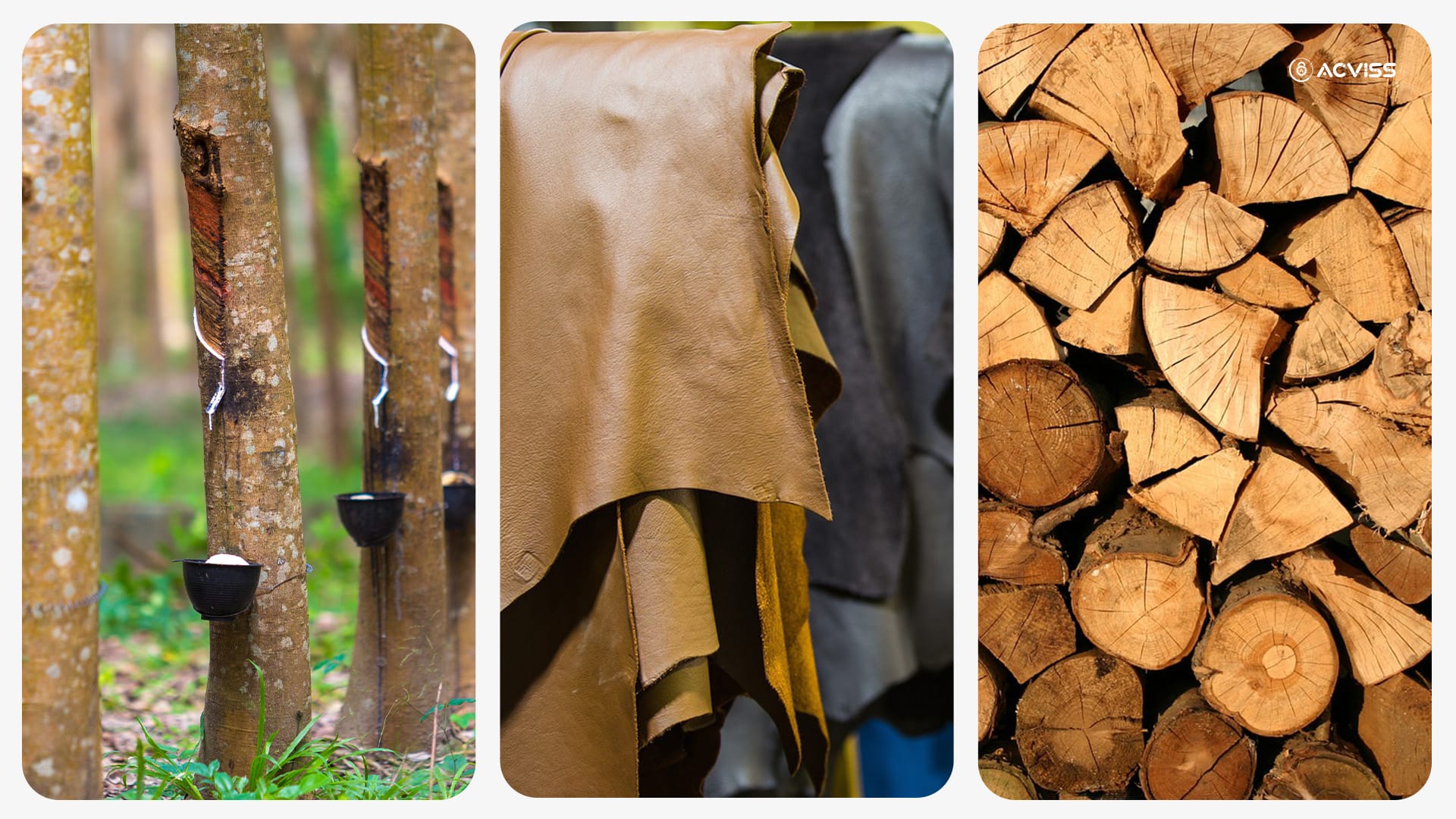
But do you want to know how it affects the car industry? Deforestation is connected to several raw materials used in the automotive industry. It includes rubber for tyres, wood for dashboard trims and leather for interiors. You will need to make their supply chains more transparent now that the EUDR is in force.
Let’s look at the main materials affected by the EUDR. These materials aren’t optional – they’re essential for you as an automaker. Here’s how the regulation impacts your sourcing:
1. Rubber
Rubber is critical for tyres, seals, and other automotive parts. However, rubber cultivation often leads to deforestation, especially in tropical regions.
Unsustainable rubber sourcing causes significant biodiversity loss and contributes to climate change. You now need to ensure that the rubber you source comes from plantations that follow sustainable practices.
2. Leather
Leather is a common material for automobile interiors. It is especially useful in making premium cars. But one of the main causes of deforestation is cattle farming, which is connected to the manufacture of leather.
However, Purchasing leather without transparency may inadvertently contribute to deforestation. You need to confirm that the leather you use comes from an ethical source. Be mindful of the effect on the environment as well as the welfare of animals.
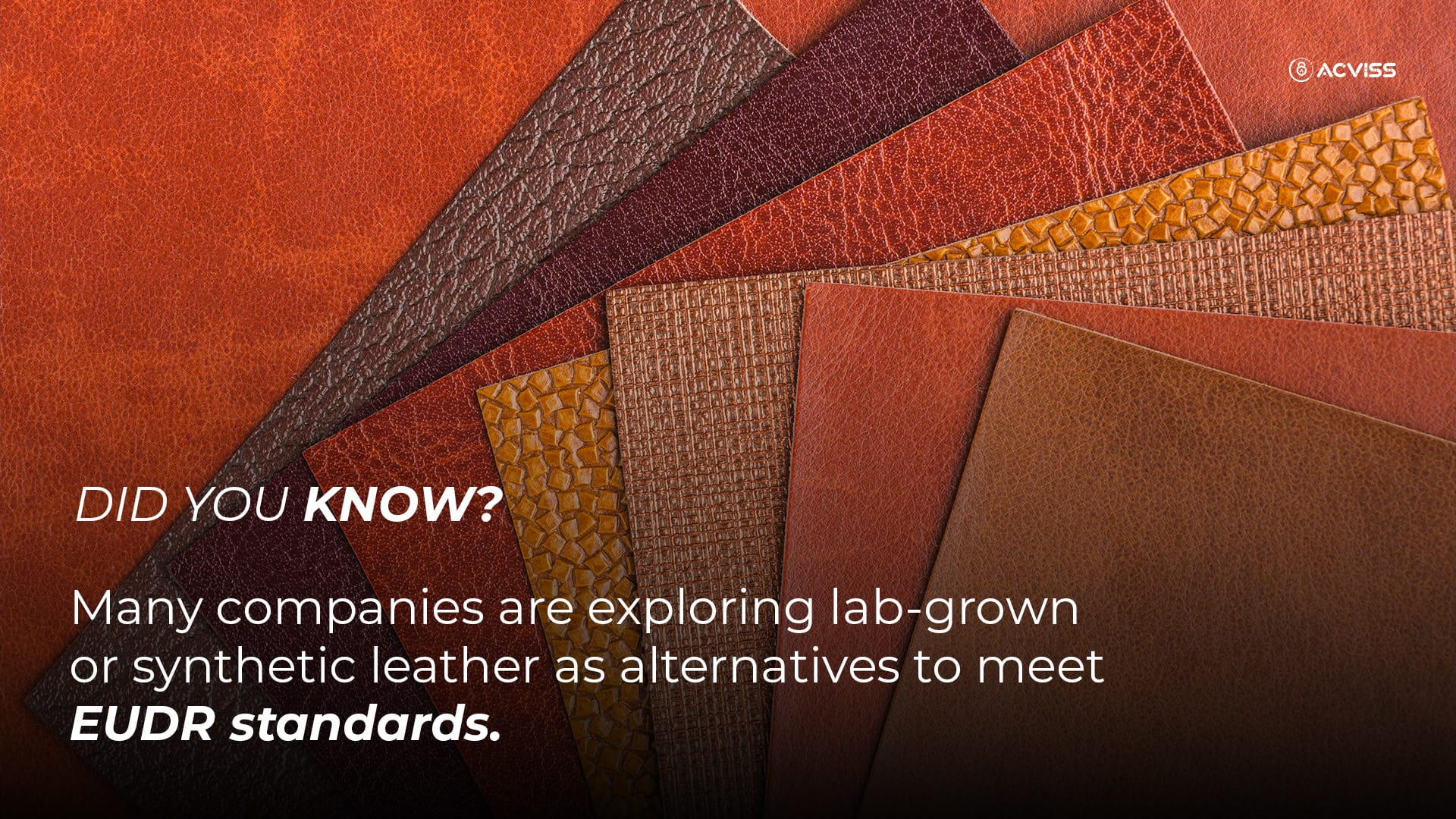
3. Wood
Wood is commonly used for trims and interior finishes. While it adds elegance, sourcing wood irresponsibly can harm ecosystems.
Irresponsible logging for wood in car interiors can deplete forests and disrupt habitats. Only wood from certified, well-managed forests will meet EUDR requirements.
Here is a thought: Would a substitute material, such as bamboo or repurposed wood, provide the same sense of luxury? As you adjust to the evolving automobile manufacturing world, you should begin asking yourself these questions.
EUDR Demands from Automakers
Businesses must align with both EUDR guidelines and relevant national regulations to ensure compliance. This dual adherence helps brands maintain transparency and meet international standards in their operations.
Complying with the EUDR means more than sourcing sustainable materials; it requires a traceable and transparent supply chain. Here’s what’s needed for automotive export compliance for EUDR:
1. Documenting Origin and Sourcing
Automakers must maintain complete records, from raw materials to final products, proving no deforestation was involved. You may need documents for:
Supplier certifications
Look for certifications that verify materials are sustainably and ethically sourced. For instance, the Forest Stewardship Council (FSC) certification for wood or the Fair Rubber certification for rubber can support your compliance efforts.
Proof of origin for materials
You’ll need to identify and document the exact origins of each material, from plantations to processing facilities. The EUDR requires that you know where your materials come from and that they adhere to the “deforestation-free” mandate.
Environmental impact assessments
Some regions may require an assessment of the environmental impact of your sourcing practices. These documents will help prove your commitment to sustainable practices.
Essentially, every piece of documentation should verify that your supply chain is traceable and free from deforestation. This level of accountability may require investing in new record-keeping practices, but it also provides a valuable opportunity to enhance the transparency of your brand.
2. Traceability from Plantation to Production
Achieving traceability is one of the biggest challenges under EUDR, particularly in the automotive industry’s complex supply chains. Imagine being able to show a precise path from the rubber in your tyres back to the plantation where it was harvested – this is the level of visibility the EUDR demands. Implementing technology can make it possible to trace materials seamlessly, creating a permanent, transparent record of each step in your supply chain.
Blockchain and Digital Traceability
Blockchain can provide the level of traceability you need for EUDR compliance by creating a digital ledger that tracks every point in your supply chain. You can demonstrate compliance with a robust technology that logs and verifies every step, from raw ingredients to final assembly. Blockchain technology may eventually be used for high-risk commodities like wood, leather, and rubber. Some manufacturers are already using it to track metals like cobalt.
Real-Time Tracking Based on IoT
You can monitor sourcing sites in real-time with blockchain and Internet of Things technologies. It provides you with the most recent details on where your products are coming from. It gives you the most up-to-date information on the origins of your goods. This method helps you find any weak places in your supply chain and complies with EUDR criteria.
These compliance steps might seem demanding, but they’re essential for maintaining your business’s credibility in the EU market. By ensuring that all materials meet EUDR standards, you not only avoid potential fines and trade restrictions but also align your brand with sustainability values that resonate with consumers.
Timeline for EUDR Compliance
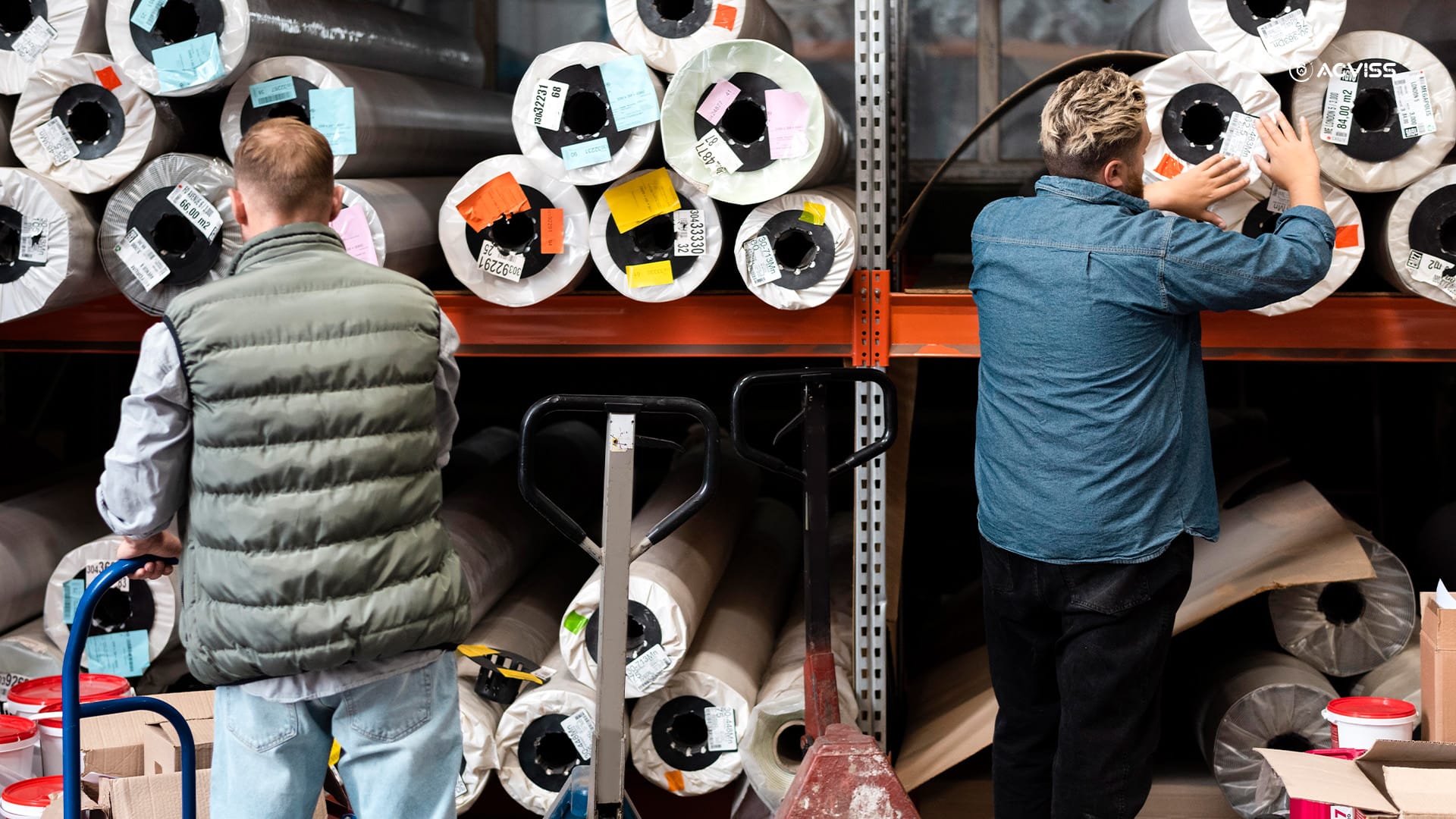
To ensure compliance with the EU Deforestation Regulation, automakers must be aware of the key dates when obligations take effect:
- 30 December 2024: Compliance becomes essential for big merchants and operators.
- 30 June 2025: Small and micro businesses have to keep up with EUDR regulations.
These dates mark when all relevant companies involved in automotive manufacturing and supply will need to demonstrate EUDR-compliant sourcing to continue accessing the EU market.
Example of Non-compliance Impact: Case Study
What happens when you do not adhere to EUDR? Imagine an automaker sourcing leather from suppliers without clear traceability. In 2026, they attempted to export to the EU but were flagged during inspections for insufficient EUDR documentation. As a result:
They face an immediate suspension of shipments, leading to delays and revenue losses.
Regulatory fines accumulate, impacting their financial health. The media coverage and consumer backlash damage their brand reputation, causing a dip in sales and investor trust.
By staying informed and prioritising EUDR compliance, you can avoid these costly consequences and ensure smooth operations in the EU market.
The Challenges of EUDR Compliance in Automotive Manufacturing
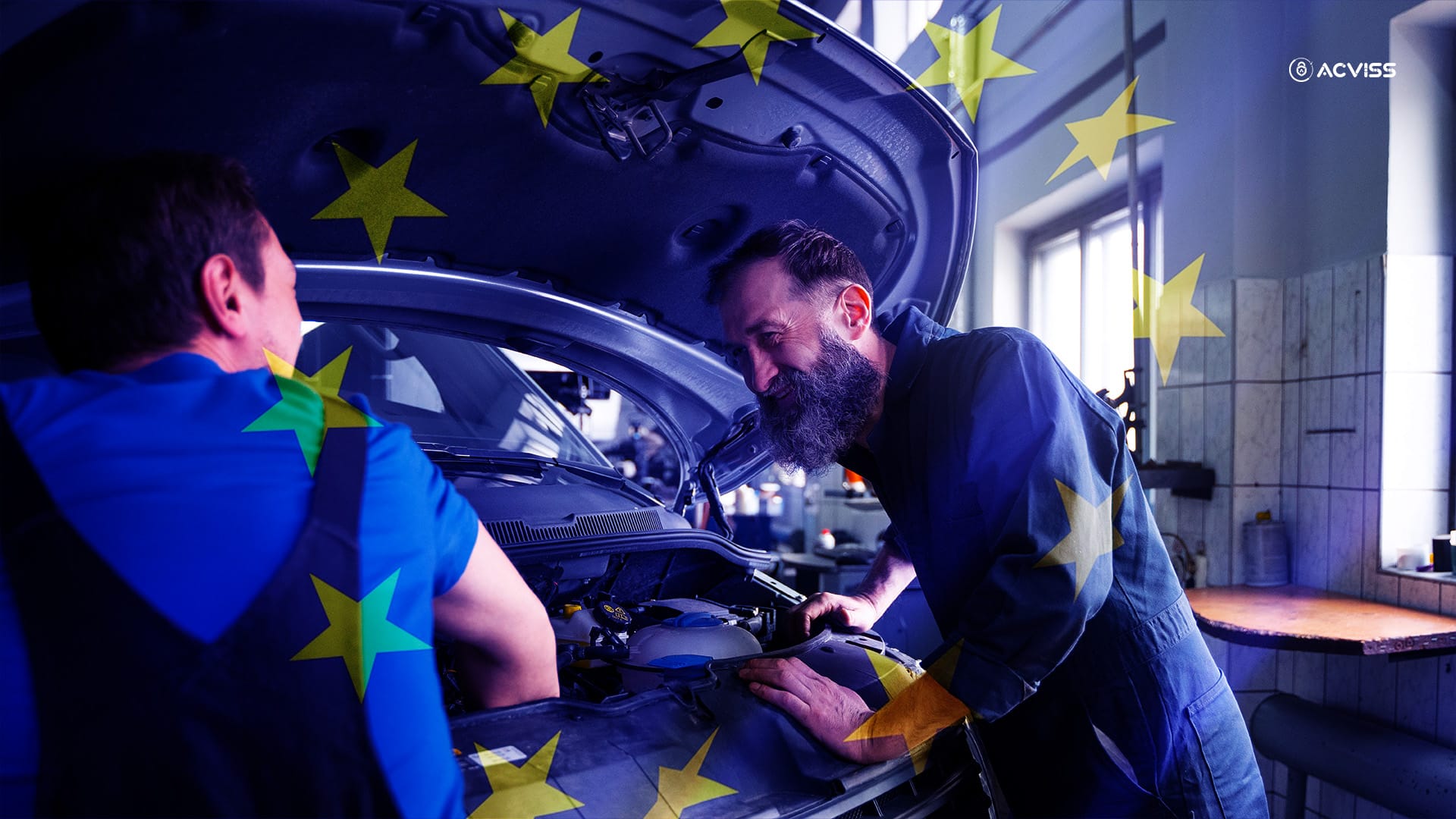
Navigating EUDR compliance presents a special set of difficulties for automakers. Below is a summary of some of the most urgent problems you may encounter:
Traceability Complexity
Your supply chain is global and complex. Tracking materials back to their origins requires transparency across multiple tiers of suppliers, which isn’t always easy. Some regions may lack robust tracking systems, making it even more challenging to ensure full traceability.
Supply Chain Transparency
For suppliers, especially those in high-risk regions, it may be difficult to meet EUDR’s transparency demands. You’ll need to assess whether these suppliers are prepared for the new standards. Are they able to provide the detailed data required, or will they fall short?
Increased Costs
EUDR compliance can be expensive. The expenses mount up, from investing in technological improvements to implementing new sourcing tactics. These costs might be high if your business does not already value the environment.
Do you want to find an approach to tackle these challenges?
Strategies for Complying with EUDR in Material Sourcing
While EUDR compliance isn’t optional, there are strategies to help you manage it effectively:
1. Partnering with Certified Suppliers
Choosing certified suppliers can simplify your compliance efforts. Certification programs, like the FSC for Wood and Responsible Leather, ensure that materials meet EUDR standards from the outset. By partnering with these suppliers, you can save time and reduce the complexity of tracking each material.
2. Conducting Regular Audits and Certifications
Regular third-party audits help you verify that suppliers are meeting EUDR standards. These certifications can also be presented to EU regulators as proof that your materials comply, helping you avoid potential compliance issues.
In addition to this, you may find environmentally appropriate substitutes for your industry.
3. Leveraging Technology
Using blockchain solutions such as Origin by Acviss can revolutionise your material sourcing compliance with EUDR. Origin's track-and-trace technology guarantees that materials are sourced ethically and can be fully recorded. It provides you with real-time insights into product movements throughout your supply chain.
You will have better insight into the origins of your sourcing with blockchain's safe, unchangeable records. It will help you avoid compliance problems and safeguard the reputation of your company. This strategy not only satisfies EUDR requirements but also builds confidence with your clients and partners.
Examining Sustainable Alternatives for Automotive Materials
To meet EUDR standards, you’re likely considering sustainable materials that align with compliance. Let’s dive into some eco-friendly options that could support your goals:
Material | Alternative | Benefits |
|---|---|---|
Rubber | Guayule or dandelion rubber | Reduces dependency on tropical regions |
Leather | Lab-grown or synthetic leather | Animal-friendly, eco-conscious |
Wood | Bamboo or recycled wood | Renewable, lowers the impact of logging |
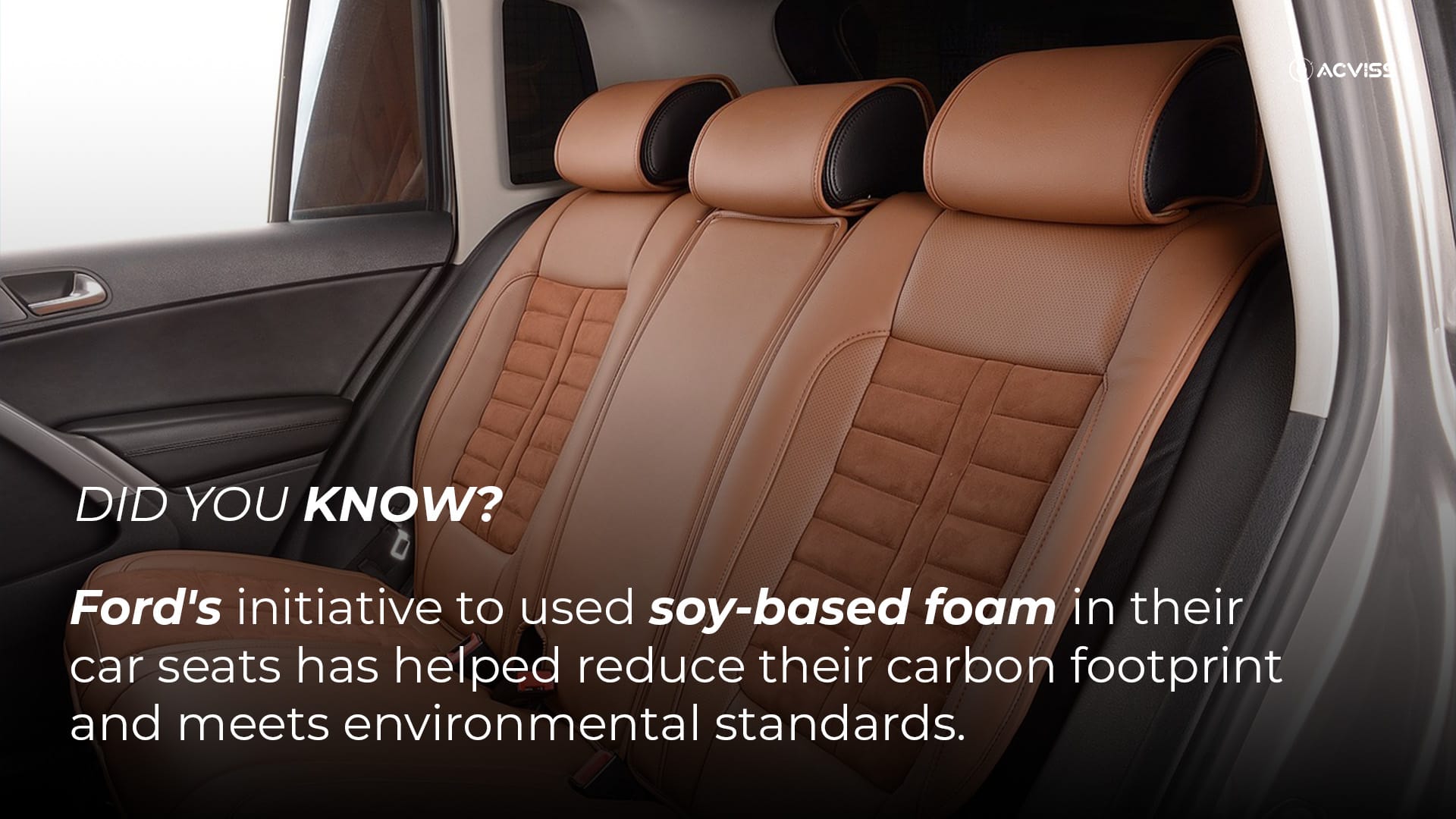
Documentation and Reporting for EUDR Compliance: Tips for Automakers
Effective documentation is key to EUDR compliance. Here's how to make the procedure more efficient:
1. Maintain Clear Records
Set up a digital system to store records detailing each material’s origin, certifications, and sustainability assessments. Keeping everything in one place will make compliance checks easier.
2. Regularly Update Records
EUDR compliance is ongoing, so it’s essential to routinely check for regulation updates or any changes in supplier practices. Schedule regular reviews to keep your records accurate and aligned with the latest requirements.
3. Use Technology for Reporting
- Leverage AI-driven tools to manage your documentation. These tools simplify updates, provide easy access, and keep your compliance efforts organised.
- Conduct regular audits to ensure your records are always up-to-date and meet EUDR standards.
Future Trends: How EUDR Will Reshape Automotive Manufacturing
The EUDR will alter the sector and force you to embrace more environmentally friendly procedures. Here is an outline of what to prepare for:
1. Use more environmentally friendly materials
EUDR will support the shift to materials like bamboo and lab-grown leather. It assists you in meeting standards and attracting environmentally concerned clients.
2. Increased Use of Digital Compliance Tools
In the future, digital tools will become integral for tracking materials and verifying compliance in real-time.
3. A Focus on Sustainability as a Brand Asset
Beyond compliance, sustainability is becoming a brand strength. EUDR alignment not only meets regulatory requirements but also showcases your commitment to environmental responsibility, which can enhance your reputation.
Conclusion
Complying with EUDR might seem challenging, but it’s also a unique chance for you to innovate and lead the way in sustainable automotive manufacturing. By choosing eco-friendly materials, integrating advanced technology, and building transparent supply chains, you’re not only ensuring compliance but actively contributing to a greener future.
Are you ready to meet EUDR standards? Get in touch with us today! Embrace these changes as an investment in the future—not just for your business but for the entire industry and the planet. This is your opportunity to set a new standard and drive positive change.
